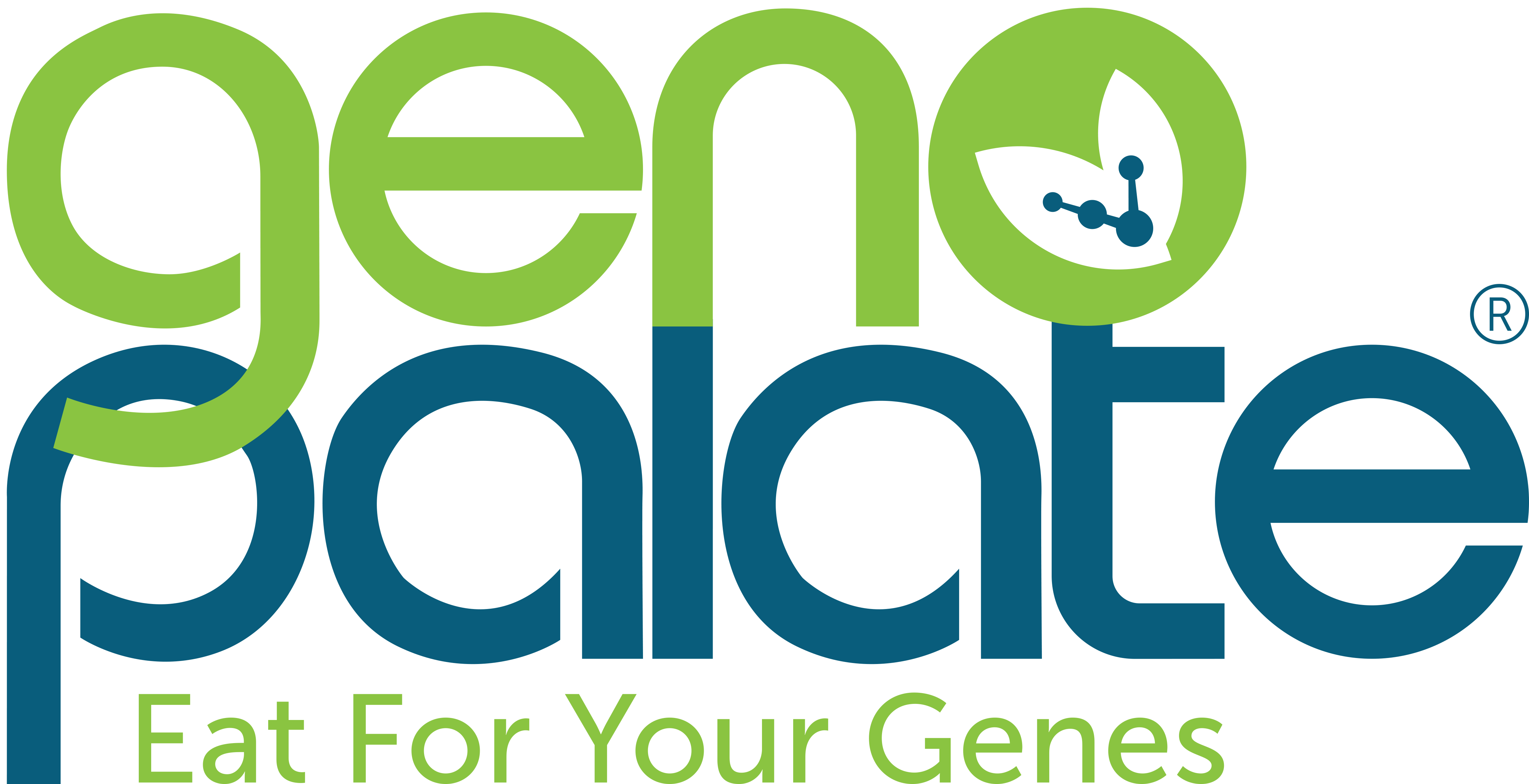What is a chromosome?
A threadlike structure consisting of DNA and proteins that are organized into genes and found in the nucleus of most living cells. DNA is packaged into small units called chromosomes. Every human cell contains 23 pairs of chromosomes. Each pair contains two chromosomes, one from each parent, which means that children get half of their chromosomes from their mother and half from their father.
How many chromosomes do humans have?
Most healthy human beings have 46 chromosomes in each cell, split into 23 pairs of two. When they’re pictured lined up in pairs, this is known as a karyotype. The first 22 pairs of our chromosomes look the same in men and women, but the 23rd pair, known as our sex chromosomes, is represented as either XX (female) or XY (male).
Some people are born with different numbers of chromosomes. This is known as either monosomy (where there’s only one copy of a chromosome instead of two) or trisomy (when three copies are made). One of the most famous examples of this is Down’s syndrome, which occurs because chromosome 21 is tripled, rather than doubled.
Even if we start with 46 chromosome pairs, many factors can trigger a chromosomal change, which can have serious health consequences. Cancer is often caused by broken and defective chromosomes, which can lead to tumors and a breakdown in the functioning of the body.
What are homologous chromosomes?
Homologous chromosomes, also called homologs, are the pairs of chromosomes we see when we look at a karyotype. Each individual leg of the chromosome comes from a different parent, but they typically look quite similar, as they carry the same type of genetic information.
The interaction between homologous chromosomes determines many of our characteristics. For example, inheriting two blood type A chromosomes means that you’ll have type A blood, but inheriting one A homologue and one B homologue means that your blood type will be AB. The one exception is the sex chromosomes, which appear as XY when the individual is male.
What are chromosomes made of?
Every chromosome is made from protein and a single strand of DNA. Each DNA strand is coiled around protein called histones which support the chromosome’s structure. If DNA wasn’t coiled up, it would be much too long to fit in each cell.
Each chromosome has several identifiable parts. The centromere sits in the middle of each chromosome, dividing it into a long section (the Q arm) and a short section (the P arm). At the end of each chromosome, the telomere helps to protect the genome from degradation. It’s made up of repetitive stretches of DNA, which is critical in helping us retain our unique genetic information.





